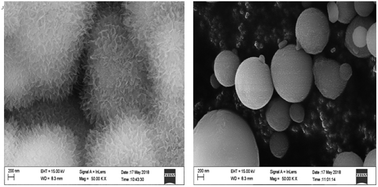Study of hydrogen explosion control measures by using l-phenylalanine for aluminum wet dust removal systems
Abstract
Wet dust removal systems are an effective design for preventing aluminum dust explosion in the process of metal polishing. However, wet dust removal systems pose hydrogen fire and explosion risks because aluminum dust can react with water to produce hydrogen gas. According to previous studies, L-phenylalanine can be used to solve the corrosion problem of metal slabs. In this work, a hydrogen inhibition method was proposed to inhibit hydrogen production in wet dust removal systems by using L-phenylalanine. The hydrogen evolution curves of aluminum particles reacting with different concentrations of L-phenylalanine solutions obtained via hydrogen inhibition experiments revealed that when the concentration of L-phenylalanine solutions reached 20 g L−1, essentially no hydrogen gas was produced. Scanning electron microscopy (SEM) and energy dispersive spectroscopy (EDS) were used to characterize the aluminum particles before and after the reaction. This work shows that L-phenylalanine is a good inhibitor. The adsorption of L-phenylalanine on the aluminum particle surface obeys the Langmuir adsorption isotherm. Additionally, Fourier transform infrared (FTIR) analysis was conducted to explain the physicochemical mechanism of the L-phenylalanine inhibition of hydrogen production. L-Phenylalanine is an environmentally friendly inhibitor and hence can be used in wet dust removal systems for the treatment of aluminum dust, which can reduce the hydrogen fire and explosion risk.



 Please wait while we load your content...
Please wait while we load your content...